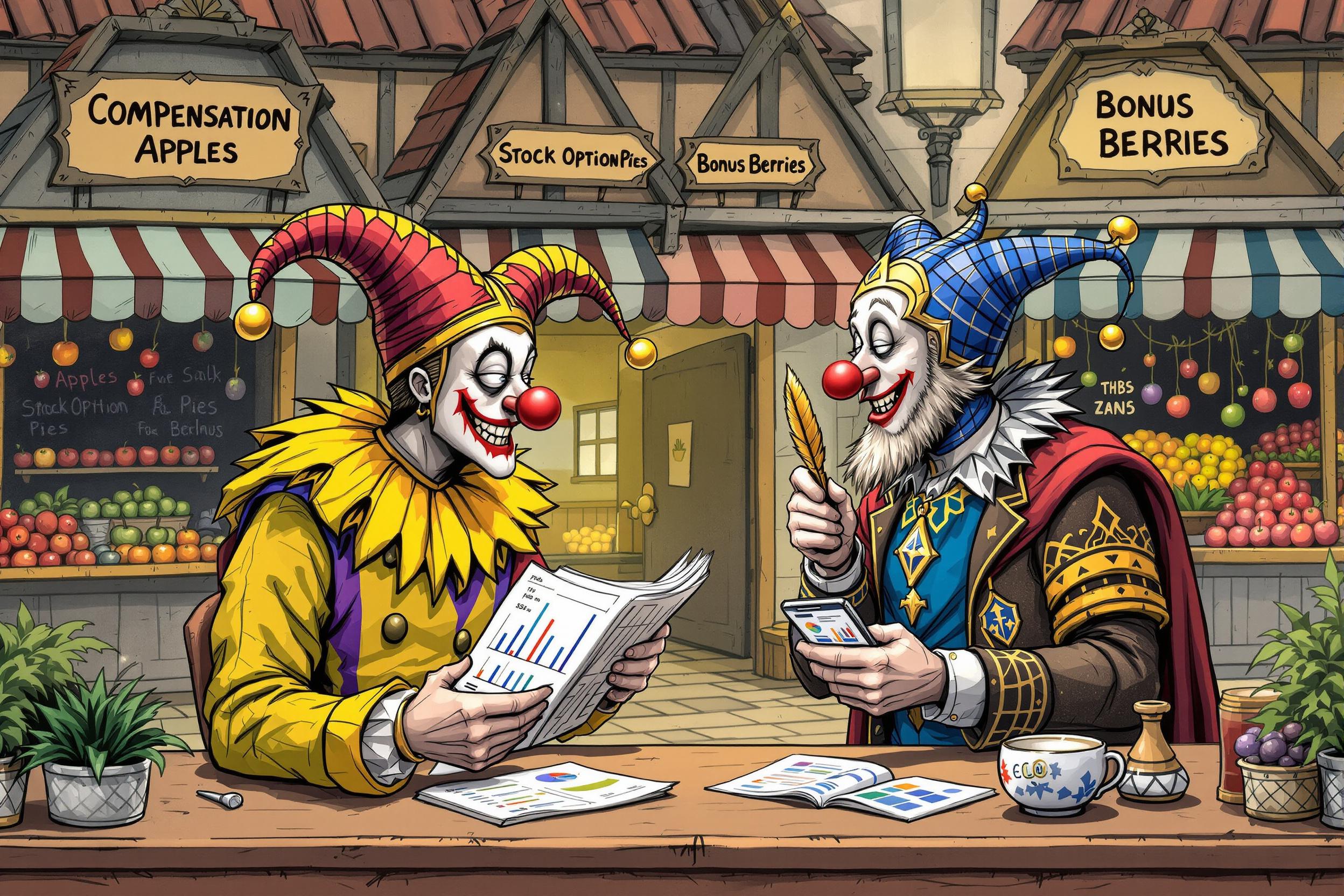
Fair Market Value
Fair Market Value is a standard way of determining what artwork or collectibles are worth in the current market. It represents the price that a willing buyer would pay to a willing seller, with neither being forced to buy or sell. This concept is essential in art appraisal, insurance, and tax purposes. Appraisers use this term when they evaluate art pieces, antiques, or collectibles to determine their realistic market price based on recent sales of similar items, current market conditions, and the item's condition.
Examples in Resumes
Conducted over 200 Fair Market Value assessments for private collectors
Specialized in Fair Market Value and Market Value determinations for estate planning
Provided Fair Market Value and FMV appraisals for insurance purposes
Typical job title: "Art Appraisers"
Also try searching for:
Where to Find Art Appraisers
Professional Organizations
Job Boards
Professional Networks
Example Interview Questions
Senior Level Questions
Q: How do you handle complex valuations where there are few market comparables?
Expected Answer: A senior appraiser should discuss using multiple valuation approaches, researching auction records, consulting specialist databases, and considering factors like provenance and condition. They should mention networking with other experts when needed.
Q: How do you stay current with market trends and value fluctuations?
Expected Answer: Should mention monitoring auction results, attending art fairs, maintaining relationships with galleries, following market reports, and participating in continuing education through professional organizations.
Mid Level Questions
Q: What factors do you consider when determining Fair Market Value?
Expected Answer: Should discuss authentication, condition, provenance, size, artist reputation, market demand, recent comparable sales, and current market conditions.
Q: How do you document your appraisals to ensure they meet IRS requirements?
Expected Answer: Should explain the importance of detailed documentation, including photographs, condition reports, market research, and comparable sales data to support their valuation.
Junior Level Questions
Q: What's the difference between Fair Market Value and Retail Value?
Expected Answer: Should explain that Fair Market Value is typically lower than retail value and represents what a knowledgeable buyer would pay in an unpressured situation, while retail value includes markup for profit.
Q: What resources do you use to research comparable sales?
Expected Answer: Should mention auction databases, price guides, gallery sales records, and online resources for tracking art market sales and trends.
Experience Level Indicators
Junior (0-2 years)
- Basic understanding of valuation principles
- Ability to research comparable sales
- Knowledge of art history
- Basic report writing
Mid (2-5 years)
- Independent appraisal preparation
- Market analysis
- Client relationship management
- Detailed documentation practices
Senior (5+ years)
- Complex valuation expertise
- Expert witness testimony
- Team leadership
- Advanced market knowledge
Red Flags to Watch For
- No formal appraisal training or certification
- Lack of knowledge about IRS requirements for appraisals
- Unable to explain valuation methodology
- No understanding of market research techniques
- Poor documentation practices




